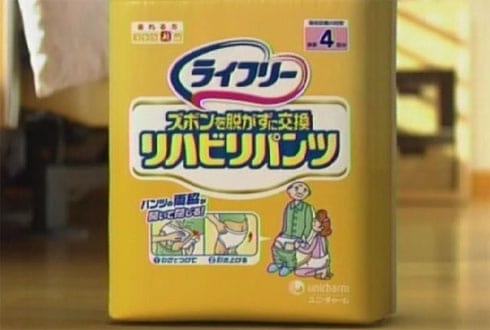

The big economic news this week was the surprise that Japan’s economy contracted 1.6% in the quarter ended September, against earlier forecasts that it would rise by 2.1%. The development is widely expected to lead to a a snap election and the delay of a sales tax increase that was scheduled for 2015.
The situation in Japan is being watched closely by economists worldwide because many of the tactics used by Prime Minister Shinzo Abe, who won power two years ago on the promise that he could snap the country out of its decades-long malaise, are the same ones used by governments in the West.
Abenomics, as it came to be called, depended upon government spending similar to the economic stimulus package was employed by the United States, and to a lesser degree Canada, following the economic meltdown of 2008-2009. The Japanese government tried to bolster its economy with quantitative easing tactics such as buying bonds, and coupled it with tax increases that would introduce a level of austerity that might correct the underlying problem.
But this week’s data suggests strongly that Abe’s “Three Arrows” of fiscal stimulus did not hit their intended targets, and many are now worried that Europe might slip into recession. But equating Europe to Japan is a wide stretch. The reason? Adult diapers.
The Japanese adult diaper market is growing at as much as 10% per year, and is expected to pass the baby diaper market by 2020.
Japan’s exports have a lot more competition than they used to, and the country is heading for the demographics of an Assisted Living facility. Better monetary policy won’t change either of those facts.
Japan has the highest percentage of people over 65 in the world and that won’t change anytime soon. The island nation’s birth rate, at just over eight births per year per 1000 people (in 2013), is among the lowest in the world.
This simple fact, argues Marginal Revolution’s Tyler Cowen, is enough to trump any economic strategy.
“People, don’t be surprised by this bad news,” says Cowen. “Unemployment in Japan already had fallen to about three and a half percent. So how much of a miracle could Abenomics accomplish in the first place? Not much, not even for committed Keynesians. Commentators have grown to expect so much of the Phillips curve these days, but still a mechanism for the output boost is required and the Phillips curve (at best) holds only in some contexts. Japan simply hasn’t had that many laborers to put back to work. Getting more women in the workforce, as Abe has tried to do, is a positive development, but that is not mainly about macro policy nor is it mainly about the short run”.
The time since the “Great Recession” of 2008 has been fertile for economic debate. Economist who predicted the downturn, or at least appeared to, were lauded as soothsayers. At least ten of them share the nickname “Doctor Doom”.
But Bloomberg’s Megan McArdle says the lesson of Japan may simply be that sometimes there is no dial that can be turned just the right way, and no secret econ-formula that could be tweaked.
“What this suggests to me is that there may simply be limits on what good economic policy can achieve,” wrote McArdle. “This is not a very useful thing for an economics columnist to write, because then what are we supposed to suggest week after week? But there it is: Japan’s economic problems, particularly its long demographic shift, may simply not be very amenable to better policy. Japan’s exports have a lot more competition than they used to, and the country is heading for the demographics of an Assisted Living facility. Better monetary policy won’t change either of those facts”.
Leave a Reply
You must be logged in to post a comment.



 Share
Share Tweet
Tweet Share
Share




Comment